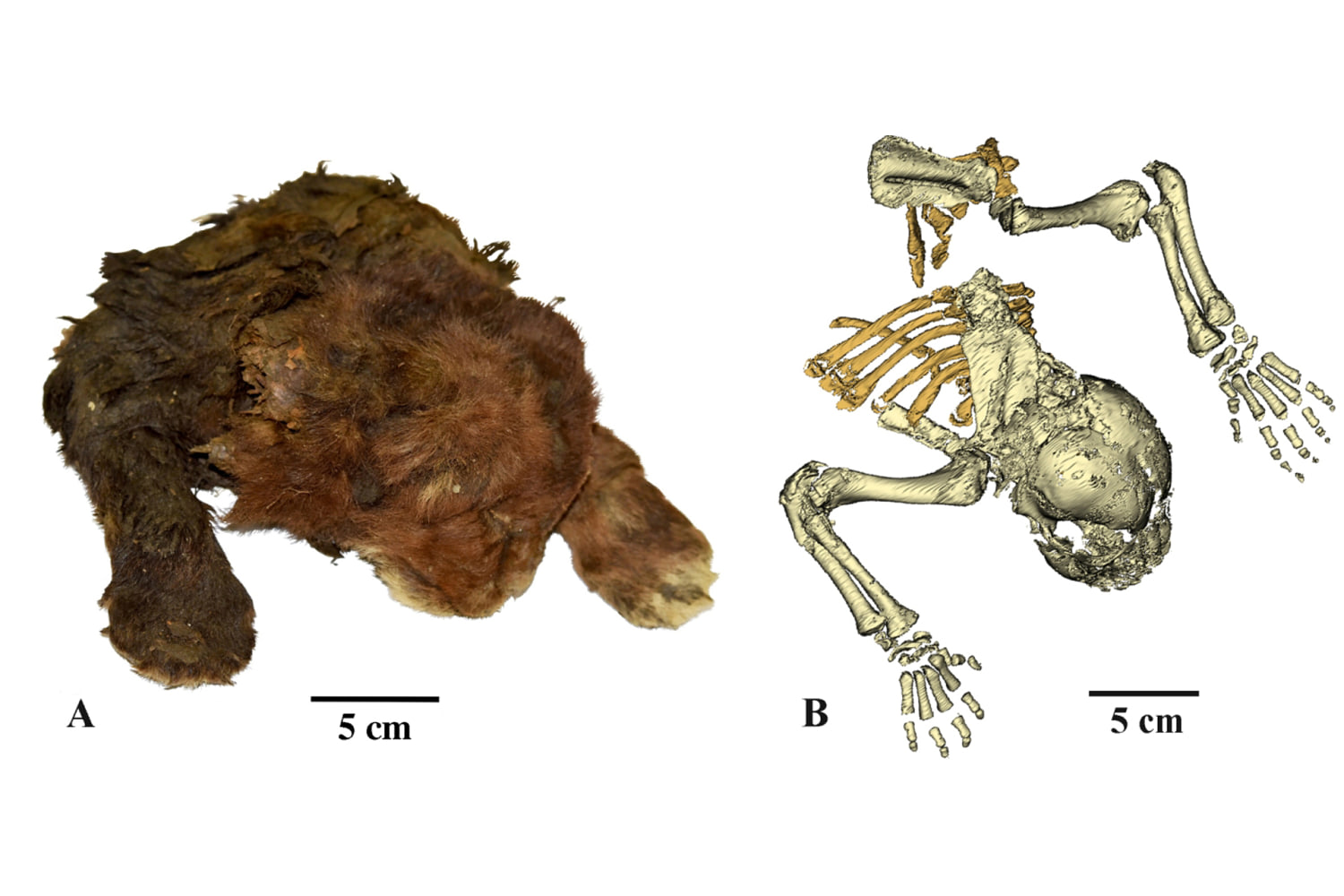Scientists at Weill Cornell Medicine in Qatar (WCM-Q) have created an intricate molecular map of the human body and its complex physiological processes based on the analysis of thousands of molecules in blood, urine and saliva samples from 391 volunteers. The data was integrated to create a powerful, interactive visual web-based tool called Connecting Omics (COmics) that can be used to investigate the complex molecular make-up of humans and discover underlying traits associated with various diseases. Scientists at Weill Cornell Medicine in Qatar (WCM-Q) have created an intricate molecular map of the human body and its complex physiological processes based on the analysis of thousands of molecules in blood, urine and saliva samples from 391 volunteers. The data was integrated to create a powerful, interactive visual web-based tool called Connecting Omics (COmics) that can be used to investigate the complex molecular make-up of humans and discover underlying traits associated with various diseases. Molecular & Computational biology Phys.org – latest science and technology news stories
Human ‘molecular map’ contributes to the understanding of disease mechanisms






